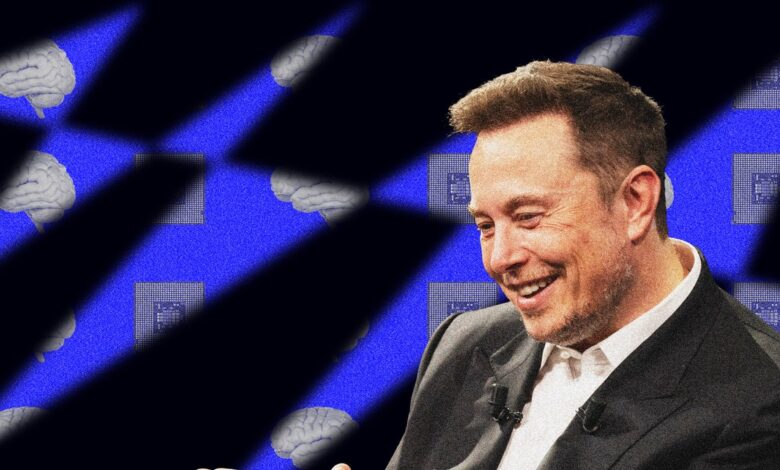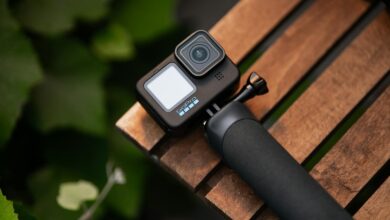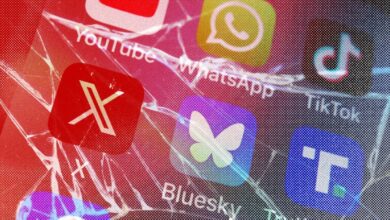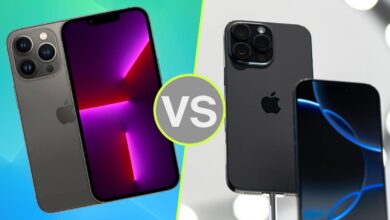Elon Musk’s Neuralink is ready to implant a second volunteer

The second person will receive it soon. NeuralinkElon Musk’s experimental brain implant, according to the company’s co-founder.
IN a video update on wednesdayMusk said the surgery is expected to take place in the “next week or so.” The company is making changes to the surgical procedure and device placement to avoid problems that arose in the first participant, whose implant partially detached from his brain a few weeks after surgery.
Neuralink is developing a brain-computer interface, or BCI, that uses a person’s brain signals to control an external device. Their first product, called Telepathy, aims to help paralyzed people operate computers using only their thoughts. Musk has said Neuralink working on second productcalled Blindsight, which aims to provide artificial vision to blind people.
“One way to think of the Neuralink device is like a Fitbit or an Apple Watch with little wires or electrodes,” Musk said in a video livestreamed on his social media platform X. In the short term, the Neuralink device is designed to help people with disabilities, but Musk said his long-term goal is to use BCI technology “to reduce the civilizational risks of AI by having a closer symbiosis between human intelligence and digital intelligence.”
The company is currently conducting an initial feasibility study to evaluate the safety and functionality of the device in people with paralysis. As part of the study, Noland Arbaugh becomes first person to receive Neuralink brain implant in January. Arbaugh was paralyzed from the shoulders down in a swimming accident in 2016.
Neuralink’s coin-sized implant sits in the skull and has 64 soft wires thinner than a human hair that extend into brain tissue. Each wire contains 16 electrodes that collect desired movement signals from neurons.
At first, the device worked fine. Arbaugh can use a pointer just by thinking about itallowed him to play video games, email friends, and browse the Internet. But a few weeks after the surgery, the implant began malfunctioning and Arbaugh lost control of the cursor.
In one May Blog Post On its website, Neuralink said some of the fibers had been pulled from Arbaugh’s brain, resulting in a net reduction in the number of effective electrodes. In response, Neuralink modified its neural recording algorithm to be more sensitive and improved the way it translated neural signals into cursor movements.
Arbaugh has returned to using a computer with his brain, although only 15 percent of the implant’s fibers are still functional, according to Neuralink executives. In a Interview with WIREDArbaugh said the device has helped him regain a sense of independence.
Neuralink is trying to avoid similar issues with its second study participant, however. “We really want to make sure that we get as much progress as possible between each Neuralink patient,” Musk said Wednesday.
In a video update, company executives acknowledged that air had become trapped inside Arbaugh’s skull after the surgery, which may have contributed to the threads coming loose. Matthew MacDougall, Neuralink’s director of neurosurgery, said the company is taking steps to remove that air pocket in the second volunteer. The company also plans to insert the threads deeper into the brain tissue and track the threads’ movements.
“You might think the most obvious way to mitigate the threads being pulled out of the brain would be to insert them deeper,” MacDougall said. “We think so, so we’re going to expand the range of depths to which we insert the threads.”
Additionally, the company’s surgeons plan to “reshape the skull surface” to minimize the space under the implant so that it sits flush with the normal contour of the skull. This will “minimize the space under the implant” and “place it closer to the brain and take some of the tension off the threads,” MacDougall said.
Musk said he hopes to implant Neuralink’s device in “hundreds” of research participants this year. (A listed by Neuralink on ClinicalTrials.gov The company said it plans to recruit three people to participate in the current study.)
He added that Neuralink is working on a next-generation implant that has 128 fibers, each with eight electrodes per fiber, a change he said would “potentially double the bandwidth if we get the placement of the fibers right.” Musk did not provide a specific timeline for when that device would be ready for human testing.




